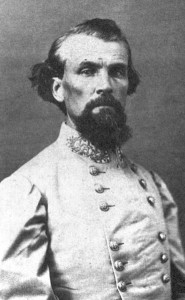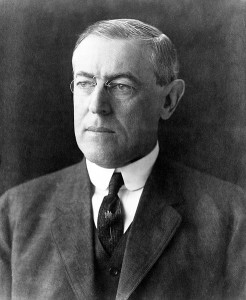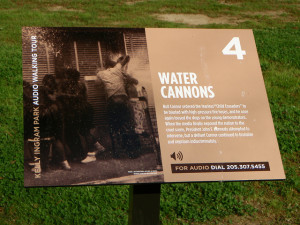![Rabid but honest racist son-of-a-bitch Lee Atwater. As he famously said about the renowned Southern Strategy, '[y]ou start out in 1954 by saying, "Nigger, nigger, nigger." By 1968 you can't say "nigger" — that hurts you.'](https://michaelkohlhaas.org/wp-content/uploads/2015/03/Lee_Atwater_1989-259x300.jpg)
You start out in 1954 by saying, ‘Nigger, nigger, nigger.’ By 1968 you can’t say ‘nigger’ — that hurts you. Backfires. So you say stuff like forced busing, states’ rights and all that stuff. You’re getting so abstract now [that] you’re talking about cutting taxes, and all these things you’re talking about are totally economic things and a byproduct of them is [that] blacks get hurt worse than whites.

From 1865 through nineteen-fifty-something, politicians and demagogues, e.g. Nathan Bedford Forrest, founder of the first incarnation of white businessman’s social group the Ku Klux Klan and Woodrow Wilson, erstwhile president of white supremacist organization Harvard University, could just use the magical incantation of “nigger, nigger, nigger,” and their will would be done.

By now, though, we’re well into the 21st Century and by now, as the incomparable Steven Johnson has so convincingly argued, everyone is way, way smarter than they used to be.2 These days, even talking too vigorously about taxation will expose one as a revanchist white supremacist. Lee Atwater died unlamented by sane people in 1991, so he didn’t get to see the present state of the progression he so enviously described above. A new vocabulary was needed to maintain white supremacy and, as humans are so very adaptive, a new vocabulary was developed. And wouldn’t Lee have been proud?


One thing they never ever ever do, though, is to use the word “nigger.” But that’s who they’re talking about when they talk about “issues affecting the neighborhood,” or “activities” happening in a neighborhood, or “community safety and quality of life solutions.” They have a whole range of laws that they use that are only ever enforced against the homeless, but they sound like they apply to everyone. As Lee might have said,“all these things you’re talking about are totally [quality of life] things and a byproduct of them is [that] blacks get hurt worse than whites…[they’re] much more abstract than even the busing thing, and a hell of a lot more abstract than ‘Nigger, nigger.” Well, plus ça change, plus c’est la même chose. The words are different but the meaning’s the same.
- Quoted in lots of places, but we found it in: Bob Herbert, Impossible, Ridiculous, Repugnant, New York Times, October 6, 2005.
- In particular, see Johnson’s fine book, Everything Bad is Good for You.
- We base this claim on the fact that more than half of the Hollywood Entertainment District’s 2013 budget went for security and salaries and the inference that if half the budget’s going to security, half the salaries are going to overseeing the security. It may not be right, but that’s how we got it.
Image of Lee Atwater getting his crazed groove on is in the public domain because at one point the Republican government of the United States paid someone to take this photograph for some reason. At least that’s what the Wikimedia Foundation claims and we suppose we have no reason to doubt them. Image of Nathan Bedford Forrest is in the public domain because it’s really old. You can get a better quality version from the Wikimedia Foundation if you want to. Picture of Woodrow Wilson, who we’re told was at one point actually President of the United States, but we saw it on Wikipedia, so we’re not sure if it’s true, is in the public domain for any one of a dozen reasons and we got it from the Wikimedia Foundation here. Image of Kelly Ingram Park water cannon memorial by 3nglishN3rd, released under the CC BY-NC 2.0 and available from the photographer’s Flickr stream here.
